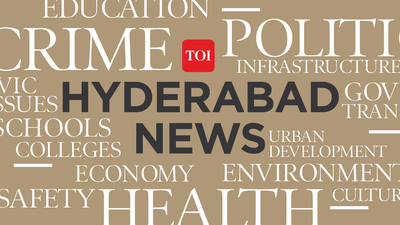Hyderabad: Telangana has posted the lowest consumer price index (CPI) inflation rates in the country for two consecutive months, marking its lowest since the state’s formation in 2014. The inflation rate that stood at 1.31% in Feb, further dipped to 1.06% in March, making Telangana the only state with inflation below 2%, and well under the Reserve Bank of India’s recommended ‘healthy’ range of 2% to 4%.
In contrast, India’s national average CPI inflation for March stood at 3.34%, and 3.32% in Feb, placing Telangana well below the national trend. Among other states, Telangana is followed by Jharkhand (2.08%), Andhra Pradesh (2.5%), Sikkim (2.35%), Gujarat (2.63%), and Rajasthan (2.66%).
While on the surface this appears promising, experts are cautioning that such unusually low inflation—referred to as ‘limping inflation’—could indicate deeper structural issues.
“This low inflation could suggest either a lack of purchasing power and lower demand, especially in rural areas, or a genuine stabilisation of prices due to better supply-demand management. We need to observe trends over the coming months to draw firm conclusions,” said Krishna Reddy Chittedi, associate professor at the School of Economics, University of Hyderabad.
However, this development is especially notable given Telangana’s past. During the Covid-19 pandemic and shortly afterwards, the state witnessed some of the highest inflation rates in the country, exceeding 10% — a case of ‘running inflation’ that raised serious concerns about the rising cost of living.
“Telangana’s turnaround in curbing inflation is commendable,” Krishna Reddy said and added, “but the focus must now shift to ensuring that this isn’t a reflection of economic stagnation—particularly in rural areas, where low demand could be hurting growth.” While the urban inflation rate in Telangana is at an appropriate level, the rural economy requires closer monitoring, he elaborated.
The RBI classifies inflation below 2% or above 4% as a sign of economic stress. As Telangana hovers below the lower threshold, policymakers and economists alike are closely watching to determine whether this signals a sustained recovery or a brewing concern.







